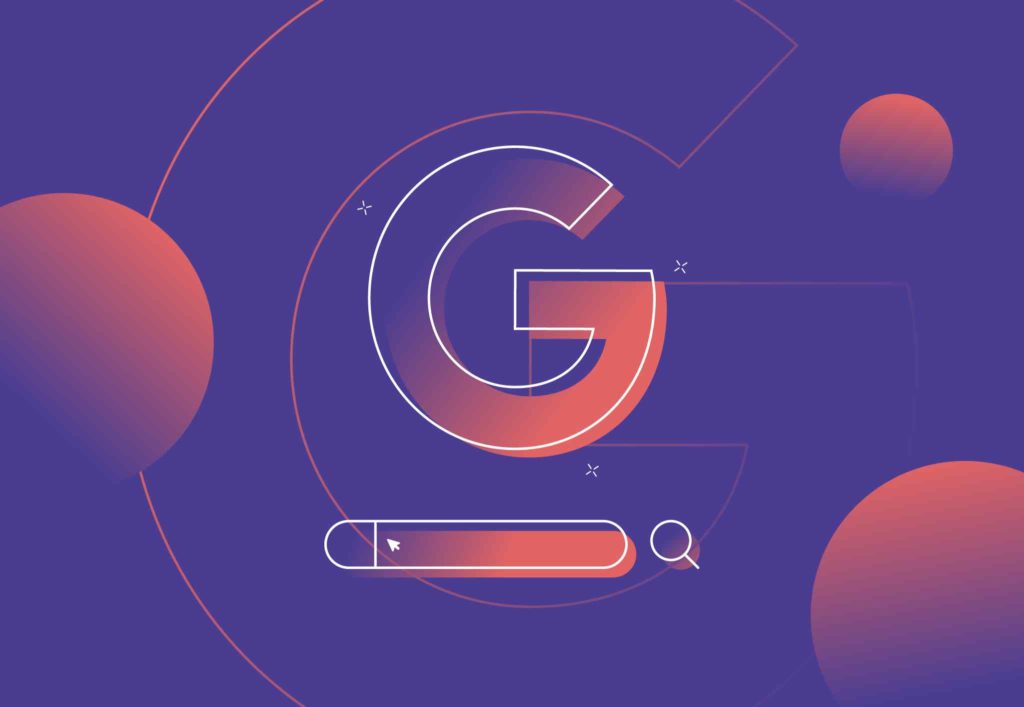
Three Famous Google Algorithm Updates and What to Do After One

Knowing what to do after an algorithm update is vital in the world of search engine optimisation (SEO). Thankfully, if you’re following those thorough, tried and true white hat SEO methods then you shouldn’t really have anything to worry about. The updates that Google and other search engines make are almost always to promote and lift up good content and good websites. Here at Embryo, we’ve seen waves of panic run through the industry before, during, and after a significant update.
Take the Helpful Content Update for example, which sent people into a spiral, despite just being something which was aimed at rewarding websites that had the best content for users, not algorithms. The sheer panic which ripples through the entire industry when a new update is released. But why? If you’re genuinely growing your organic presence through SEO, and aligning with best practices across your site, there should be nothing to worry about.
In the last year alone, we have seen a total of 11 confirmed, new algorithm updates released by Google.
Throughout the years, Google continues to reiterate that they only make us aware of key dates and core updates, although they are continuously making changes to the SERPs daily.
Here, we’re going to break down some of the most significant algorithm updates from the last 10+ years and then give you a bit of advice/guidance about what to do after a search engine’s algorithm has been updated. At Embryo, we’re used to these kinds of updates and don’t often see them as a source of panic. All that’s required is good communication with clients, a plan to mitigate any negative effects, and a broader awareness that websites that do good will win out in the long term.
If you’re after an agency that doesn’t panic and knows exactly what to do after an algorithm update then get in touch with us by phone at 0161 327 2635 or email info@embryo.com.
Three Significant Algorithm Updates from the Last 10+ Years
Panda Update – 2011
In 2011, Google released what is commonly known as ‘the Panda update’ which is part of the algorithm we believe is still used to the present day, designed to filter out websites with thin or low-quality content and web spam. It was initially released as a part of Google’s attempt to eliminate black hat SEO practices and web spam.
“This update is designed to reduce rankings for low-quality sites—sites which are low-value add for users, copy content from other websites or sites that are just not very useful. At the same time, it will provide better rankings for high-quality sites—sites with original content and information such as research, in-depth reports, thoughtful analysis and so on.” – Google Blog
Penguin Update – 2012
The one which caught out a lot of black hat SEOs.
The update saw businesses change overnight.
The Google Penguin Update was launched in 2012 and was created by Google to target the number of sites organically ranking which were using black hat SEO techniques to manipulate results with link schemes.
It’s believed that prior to the Penguin update in 2012, the number of backlinks to your site played a huge part in the ranking factors. In fact, people went as far as building link schemes and hundreds of thousands of links to manipulate the system, until Google cracked down.
Mobilegeddon – 2015
This one was pretty huge too!
The update now better known as ‘Mobilegeddon’ was released in 2015 when Google started to shift their focus to mobile devices.
The mobile industry was growing faster than ever before and the sheer volume of mobile users was on the rise.
We always know when a big update is on the horizon as Google gives us a heads up. Just as they did on February 26, 2015. Over two months before the update rollout, Google announced that they would be extending the use of mobile-friendliness as a ranking signal.
This was coming on April 21st and SEO’s not only needed to be aware of this one, but they needed to prepare too.
Google’s official blog post on Mobilegeddon stated:
“When it comes to search on mobile devices, users should get the most relevant and timely results, no matter if the information lives on mobile-friendly web pages or apps.”
It continued, “We’ve made it easier for users to find mobile-friendly web pages and we’ve introduced App Indexing to surface useful content from apps. Today, we’re announcing two important changes to help users discover more mobile-friendly content:
- More mobile-friendly websites in search results
- More relevant app content in search results”
Again, similarly to every other update, this has stayed. The importance of mobile-friendly content and designs have become the forefront for all. Whether that’s UX designers, web designers or SEOs – this was one of the most important updates around.
Plus, plenty more
Some of the more recent updates have been core updates in May & September 2022, as well as recent product review updates and more recently, the array of helpful content updates.
Google releases a wide range of algorithm updates throughout the year. Some of which we get more warnings than others. Google has become increasingly more reliable in notifying the SEO community ahead of these releases, rather than updating us weeks later.
With that in mind, it’s still easy to panic as an SEO. It’s easy to feel on edge as Google alerts us that another update is rolling out.
Although, often the best course of action is to do nothing. Wait.
If you’ve always played by the rule book and earned your right to be ranking well, you shouldn’t have anything to worry about. Algorithm changes are released regularly and their purpose is to develop the SERPs and improve rankings and positions for those who deserve it most.
That being said, you may have been recently impacted by an algorithm update. Whether that be for a range of reasons:
- Historical implementations which are now being frowned upon,
- Stagnation
- Or quite simply, your competitors have benefited from the update and your share of voice has been impacted.
It can be easy to panic, it can be easy to add or remove a large proportion of content, and it can also be simple to hold your hands up and tell Google you did something wrong. Trying to put it right again.
What to Do after an Algorithm Update
On average, an algorithm update can take around 2 weeks to roll out, and often even longer.
Often, when we get notified by Google that an algorithm update is rolling out (or incoming), this will give an indication of whether this will be a major, core update or not. The smaller daily updates we don’t tend to hear about, yet they do make us aware of the larger more impactful updates. That being said, more often than not, Google will never release a core, global update in a matter of hours.
Which gives us time.
It also means it can take a while for your site to see impact too, whether that be positive or negative. Due to all of these factors, we would recommend waiting 4-6 weeks minimum for rankings to stabilise, before really assessing the impact this update has had on your rankings, traffic and ultimately, revenue.
Monitoring your organic performance on a granular basis is key to success. Although we would never perform knee-jerk reactions on the back of an update, it’s important to recognise and understand if you’re being impacted.
If you’re looking for help driving organic growth, without being on edge when Google alerts us of a new algorithm update, get in touch with our team of specialists today!



